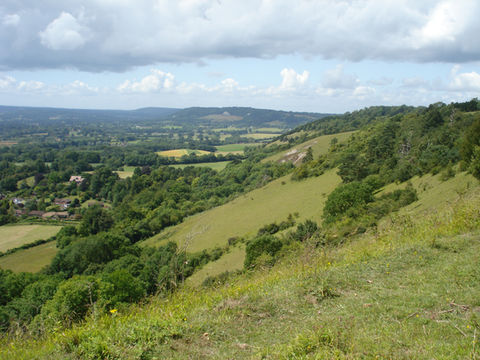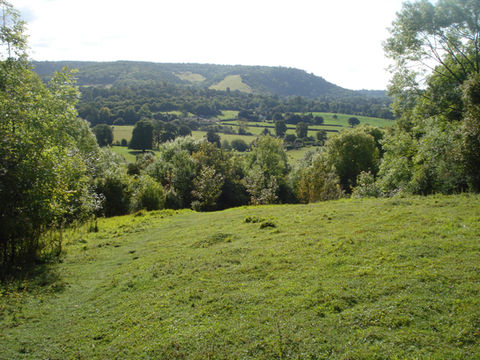
FACILITATING RANGE EXPANSIONS
Warmer climates could present opportunities for species to extend the high-latitude limits to their geographic ranges. Indeed, population recovery and colonizations at “cool” range margins may be important for the overall conservation status of species, to compensate for losses caused if climate change creates increasingly unfavourable hot or dry conditions at low-latitude or low-elevation range margins.
In this context, the challenge facing conservation biologists concerns how to promote range expansions in landscapes where suitable habitats are highly fragmented . For wide-ranging or generalist species, there may be sufficient habitat in modern landscapes for species to colonize areas beyond their current range limits. But for sedentary or habitat-specialist species, whose populations were already threatened by habitat loss and fragmentation, intensive human land-use may present almost insurmountable barriers to range expansion.
My research in this field takes a metapopulation perspective to species distributions and dynamics, using butterflies as the main model systems. My main questions concern the factors which affect rates and patterns of population colonization and local extinction, and how these processes influence distribution patterns and rates of change. Climatic conditions, the availability in the landscape of suitable habitat, and the microclimate and vegetation structure within habitats, all affect colonization and extinction rates. Understanding these effects can therefore help us to manage the persistence of species populations, and to promote range expansions at a landscape scale.
EXPANDING METAPOPULATIONS
The Silver-spotted skipper butterfly Hesperia comma is an important model system for understanding metapopulation dynamics and range expansion through fragmented landscapes in a changing climate. In Britain, the species is restricted to areas of unfertilised chalk grassland in lowland south-east England, where the butterfly is active on the warmest days in July and August, laying eggs on small tufts of the grass Festuca ovina growing in short turf or bare ground. The populations and habitat of this specialised butterfly have been exhaustively surveyed in south-east England every nine years since 1982, providing a unique perspective on how a species has spread its distribution as conditions have warmed. I am working with Jon Bennie (University of Exeter) on the climatic and microclimatic factors affecting the ongoing range expansion in this species.
CLINGING TO THE COAST
Another specialist butterfly, the Lulworth Skipper Thymelicus acteon, is restricted in Britain to grasslands near the south coast of the county of Dorset. The Lulworth Skipper is declining throughout much of Europe, but southern England could become more favourable for it as the climate warms. This species also has a series of four snapshots of its entire British distribution of populations and habitat, in 1978, 1997, 2010 and 2017. My PhD student Rachel Jones is studying the Lulworth Skipper to understand why it has such a restricted distribution in Britain, and whether conservation measures could help it to spread further north as the climate warms.
SWITCHING HOST PLANTS
Climate change can cause ecological and evolutionary feedbacks which influence rates and patterns of range expansion. For example, changes to ambient temperature and to the phenology of plant-feeding insects and their host plants can alter resource use and colonization rates. The Brown Argus butterfly Aricia agestis has expanded its distribution in Britain by making increasing use of widespread larval host plants from the Geraniaceae family. My PhD student James Stewart is researching phenological variation in Brown Argus and its host plants across England, and the possible effects on the future dynamics of this insect-plant interaction.





